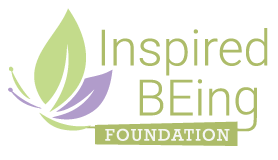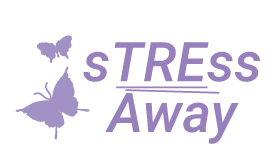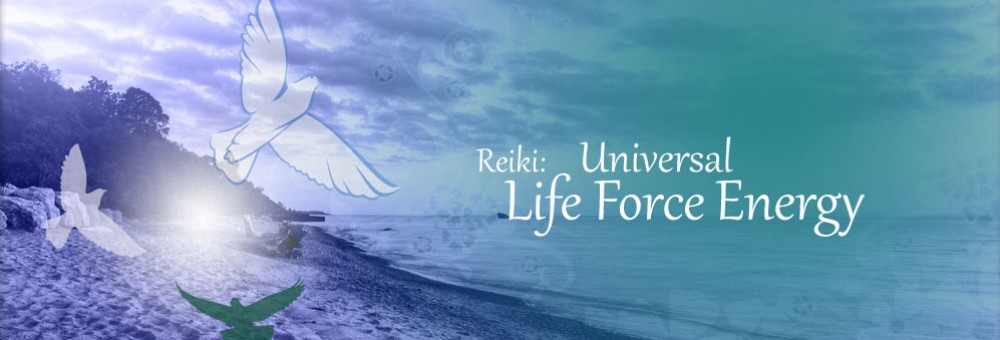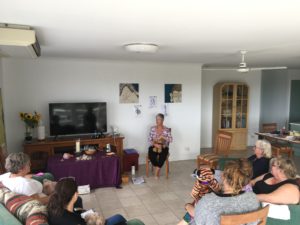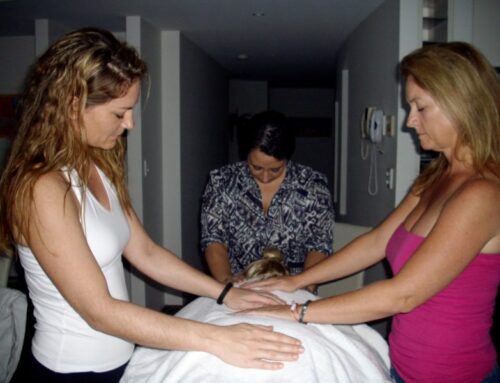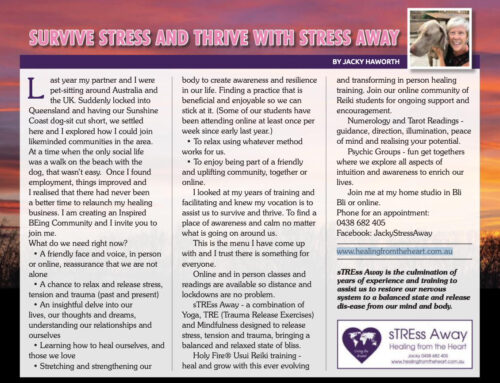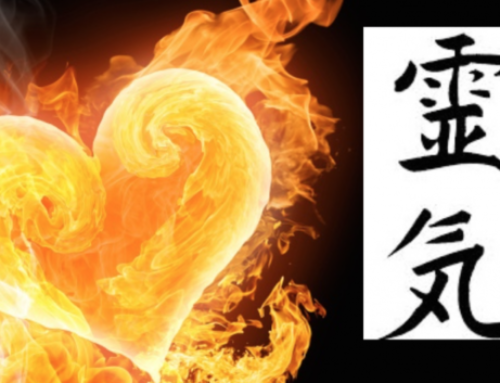Reiki I and II taught together
Having received much of my Reiki training from William Lee Rand, I have experienced teaching Reiki 1 and 2 as separate classes and as a 2-day class. What I have seen and experienced shows me that 1 and 2 taught together is much more powerful and the students on Day 2 really feel the energy and achieve beautiful healing and transformation for themselves and others. Take my most recent class, one student opened her heart for the first time in her life after receiving the REiki 2 Placement. She said she felt like “doing cartwheels around the room”. She was quite euphoric. Another student was so overwhelmed by the energy on Day 2 that she had a slight fainting spell. When she came to the 60+-year-old had shining eyes, a radiant face and a smile which completely transformed her. She shared that she had asked for her intuition to come in. It certainly did!
It has been my experience as a trainer that the majority of Reiki 1 students do not return to learn Reiki 2 so they miss out on the amplification that the symbols bring to their Reiki healing.
This is written by my Reiki Master, William Lee Rand
Founder of International Centre for Reiki Training, Michigan, Oregon, USA
I believe it’s important for each teacher to create guidelines or rules for how he or she wants to teach and in the case of Reiki membership associations, they have the responsibility to create standards of practice and a code of ethics for their members to follow. At the same time, it’s important that teachers and organizations not assume that the guidelines or rules they have chosen for themselves are the ones that are right for everyone in the Reiki community but to acknowledge that those outside their organizations have the freedom to create their own guidelines and rules. After all, Reiki is a practice that does not cause harm and because of this, it allows practitioners and teachers to develop methods that work best for themselves considering the unique skills and abilities each possesses. This freedom allows creative development in the practice of Reiki to take place. It also allows a variety of styles to be available so students can choose the style that seems best for him or her. This attitude also brings relaxation to what has sometimes been an overly competitive orientation between Reiki groups thus allowing the possibility for the Reiki community to more easily share ideas and work together to promote Reiki.
One of the rules that some teachers have set up is that there needs to be a time period of six months or so after a student takes Reiki I before taking Reiki II. This is to give the student time to practice what was taught in level I before taking level II. While this has value, myself along with many other Reiki teachers have found it also beneficial to teach Reiki I&II together.
There has been some indication on the part of those who require a time period between levels I&II that this is the traditional way of teaching. However, research into traditional Reiki methods indicates that both ways are traditional. According to several well-known and respected Reiki researchers, Hayashi Sensei taught Reiki I&II separately while at his centre in Tokyo and taught them together as part of the same class when he was travelling. This is validated by the research of Tadao Yamaguchi which is indicated in his book, Light on the Origin of Reiki. This information is located on page 28 where he says: “However Hayashi Sensei did give an intensive five-day course of both Shoden and Okuden coupled with longer hours each day when he taught outside Tokyo and Osaka. He did the same in Ishikawa.” Arjava Petter corroborates this information in his book This is Reiki on page 85 where he says: “When Hayashi Sensei taught at home in Tokyo, he taught Shoden and Okuden separately, but when travelling he taught them in a combined five-day group.”
When I took Shoden and Okuden from Chiyoko Yamaguchi Sensei and her son Tadao, in Kyoto in 2001, she taught in the same style she had learned from Hayashi Sensei and taught them together in one five day class with about 3 hours of class time per day. She taught like this and so do many of those who follow the Hayashi tradition.
I also have a letter from Dr Paul Johnson who sponsored the classes of Takata Sensei in 1975-1976. According to him while Takata Sensei usually taught I&II separately, there were times when she taught them together or one right after the other allowing her students to take both.
I have chosen to follow the tradition of teaching them together. The increased information, additional attunement and use of the symbols give students greater enthusiasm for the use of Reiki and also greater skill and effectiveness in its use right from the beginning. And because I present the information in a well-organized way and provide a professionally produced workbook along with ample practice time for all of the techniques, my students are able to absorb the information and make effective use of the skills from both levels in their use of Reiki. However, I let my Master students know that they are not required to teach them together and that it is better to teach them separately at first and then only after developing their teaching skills should they consider teaching them together.
Reiki is a wonderful practice that anyone can learn and provides an important method to relieve suffering and promote health and well-being. It’s important that we have an accurate understanding of how it has been practised in the past and that all Reiki lineages, schools and groups work together in harmony to bring health, peace and happiness to the people of our amazing planet.
Published with kind permission of William Lee Rand

